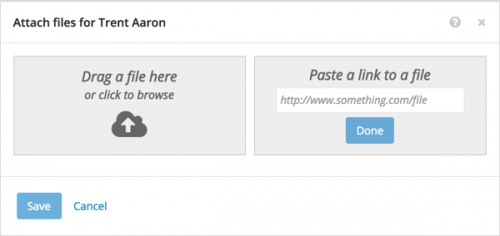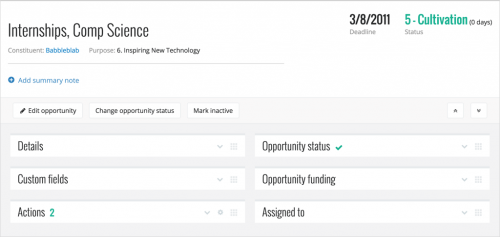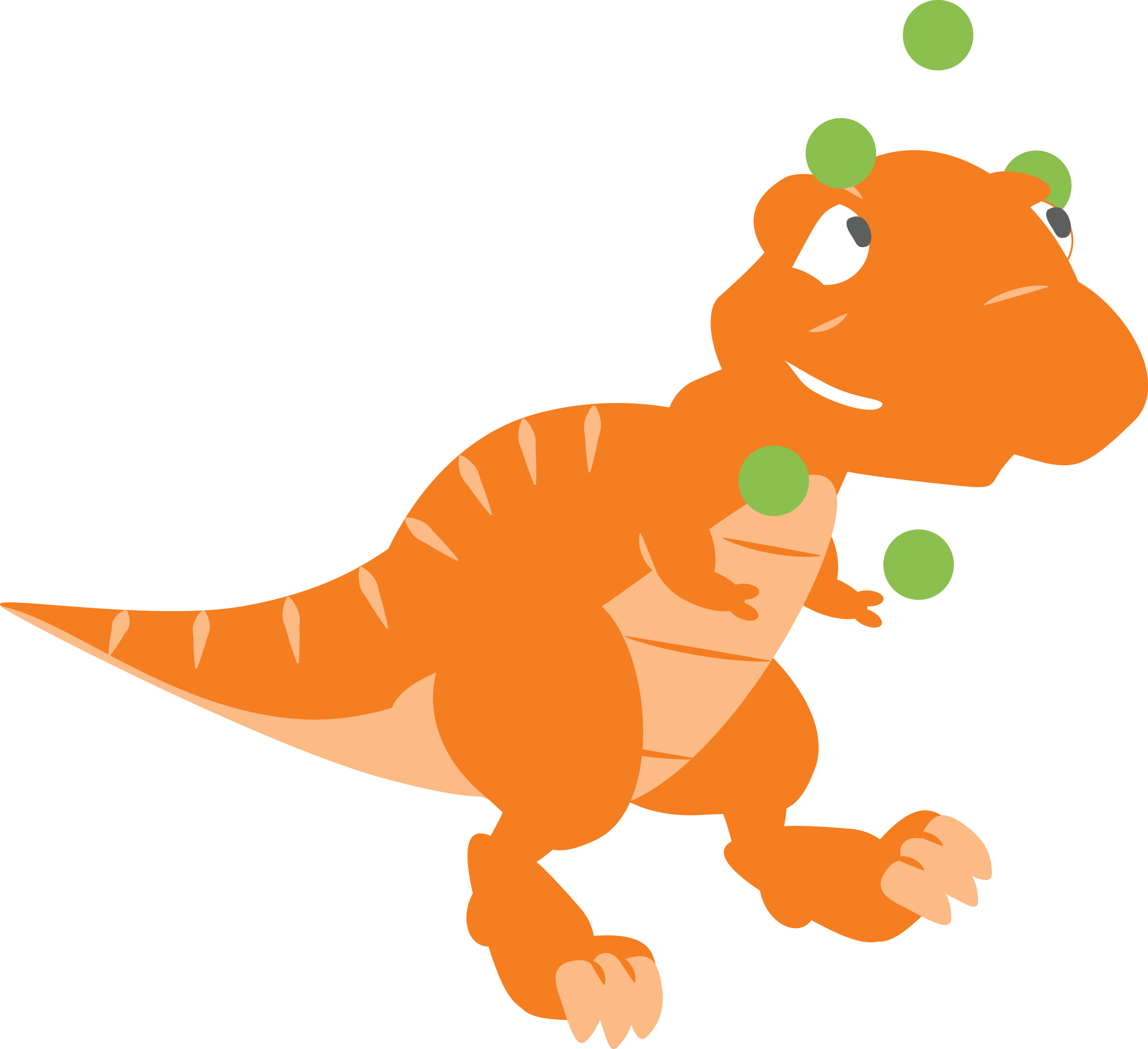What's What Between the Database and Web Views
The database view has many similar features as the web view, but some features — like with the recent change from proposals to opportunities — have different names. In some cases, it may be a simple matter of a new grouping; for example, addressees and salutations exist as such in both views, but they appear under Name formats on a constituent's record in the web view. However, others are direct name changes, so if you're looking for the counterpart of a database view feature in the web view (and based on a recent discussion thread, you're not alone!), it's possible it's known as something else. In this post, let's look at some of what's what between the two views of Raiser's Edge NXT! (For those of you familiar with the database view from previous experience with Raiser's Edge 7, think of these as "Raiser's Edge 7-to-NXT" translations!)
 Annotations :: Alerts. In the database view, you use annotations for reminders or special instructions to someone when they open a constituent's record. For example, you may set a reminder to not update the constituent's address without first contacting their assigned fundraiser, or to handle a high-priority donor with care. In the web view, you use alerts to raise this flag with a message you can set to appear when the constituent's record opens. For more information, see the Alerts Help.
Annotations :: Alerts. In the database view, you use annotations for reminders or special instructions to someone when they open a constituent's record. For example, you may set a reminder to not update the constituent's address without first contacting their assigned fundraiser, or to handle a high-priority donor with care. In the web view, you use alerts to raise this flag with a message you can set to appear when the constituent's record opens. For more information, see the Alerts Help.Attributes :: Custom fields. While records provide many fields to track specific information, you can also store specialized details — such as a constituent's dietary preferences or interests — as attributes in the database view. To better describe the intent of this feature, which enables you to manage fields unique to your organization's needs, you store this information as custom fields in the web view. For more information, check out the Custom Fields Help.
Cash gifts :: Donations. In the database view, you track outright charitable donations of money — regardless of payment method — as cash gifts. To help avoid confusion between these gifts and other payments of gifts paid in coin or currency — as a payment method of Cash — as donations in the web view. You can also continue to track charitable gifts — or "donations" — of goods or services as Gifts-in-kind, Gifts of stock/property, or Gifts of Other in either view. For more information, see the Gift Types Help.
 Media :: Attachments (sort of). In the database view, you can save collateral gathered about a constituent — such as correspondence, artifacts from prospect research, and picture or videos from fundraising events — as media on their record. In the web view, you save these files to constituents — and soon, other type of records — as attachments.
Media :: Attachments (sort of). In the database view, you can save collateral gathered about a constituent — such as correspondence, artifacts from prospect research, and picture or videos from fundraising events — as media on their record. In the web view, you save these files to constituents — and soon, other type of records — as attachments.However, in this case, one doesn't totally equal the other. Unlike other counterparts between the two views, attachments added in the web view don't appear as media in the database view, as they enable additional features and benefits.
- You can open attachments directly in their native applications such as Microsoft Office or Adobe Acrobat.
- Attachments upload and open much, much faster than media files in the database view.
- Attachments live in the cloud — not your database — so you can easily access and manage them across devices.
Nicknames :: aka. In the database view, you can track the informal name a constituent prefers in familiar situations — like Rob instead of the more formal Robert — as their nickname. In the web view, this moniker appears in the aka — or "also known as" — field under the constituent's name on their record. (To track a person's stage or pen name, an organization's acronym, or another pseudonym, save it as an alias on the constituent's record in the database view.)
Pay gifts :: Pledge payments. In the database view, payments toward pledge installments appear as pay gifts, together with the payment method, such as Pay-Cash, Pay-Stock, or Pay-Other. To better convey the relationship these payments have with other gifts, they appear as pledge payments in the web view. On the gift record of a pledge payment, you can view how the donor paid for it under Payment information.
 Proposals :: Opportunities. With Prospect Research Management, you can plan and track your efforts to cultivate donor relationships and secure major gifts as proposals in the database view. To better reflect all the work — the identification, research, planning, and so on — that leads up to the ask (or "proposal"), you now manage these efforts as opportunities in the web view. For more information, check out the Opportunities Help.
Proposals :: Opportunities. With Prospect Research Management, you can plan and track your efforts to cultivate donor relationships and secure major gifts as proposals in the database view. To better reflect all the work — the identification, research, planning, and so on — that leads up to the ask (or "proposal"), you now manage these efforts as opportunities in the web view. For more information, check out the Opportunities Help.Solicitors :: Fundraisers. In the database view, the people who research and interact with constituents, manage actions and proposals (or opportunities), and ask for gifts — in short, all the work required to successfully fund-raise — on behalf of your organization are called solicitors. To better convey the types of work these people do, as well as the diversity of who should receive this title, they appear as fundraisers in the web view. For more information, see the Fundraisers Help.


Leave a Comment